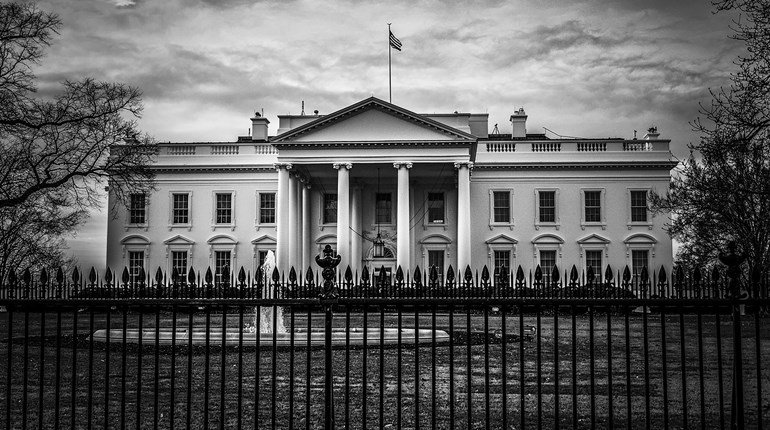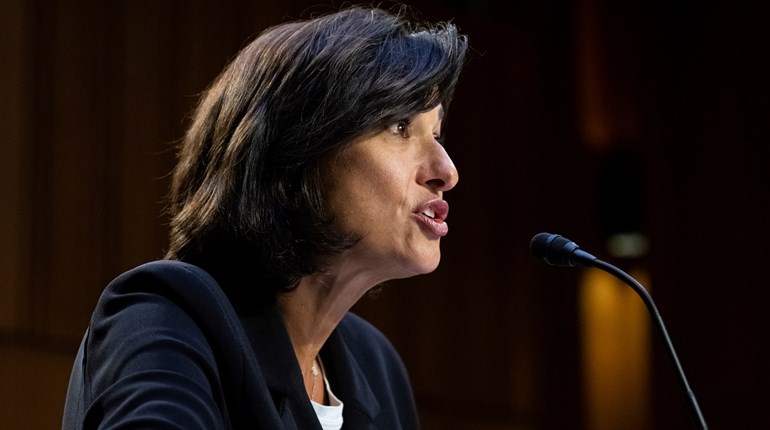
Crime is a rising concern among Americans. In October 2022, Gallup reported that “Americans are more likely now than at any time over the past five decades to say there is more crime in their local area than there was a year ago.” Moreover, 78% of those polled said that there was more crime throughout the U.S. than a year ago—up from 60% of respondents in 2018.
While violent crime hasn’t yet reached the record levels of the early 1990s, there is good reason for this pessimism. Since reaching a low in 2014, the homicide rate has been trending upward. In 2014, the FBI reported that the homicide rate was 4.4 per 100,000 population; in 2020, the rate was 6.5, a nearly 50% increase. The 2021 numbers are tenuous, due to a change in the FBI’s data-collection method. However, the federal government estimated the 2021 “murder and non-negligent manslaughter” rate at 6.9.
Philadelphia police recorded 248 murders in 2014; by 2021, the number of murders had more than doubled to 562. In 2012, the D.C. Metropolitan Police recorded 88 homicides; by 2021, murders in the federal enclave exploded to 226. In early 2022, the Chicago Tribune reported that there were 797 homicides in the Windy City in 2021, up from 411 in 2014.
Note that these are all jurisdictions that embrace a progressive soft-on-crime philosophy that was popularized after a handful of high-profile police-suspect interactions.
For instance, in Philadelphia, home to notorious District Attorney Larry Krasner, criminal misuse of firearms appears to be a low priority. A 2021 article in The Philadelphia Inquirer, titled “Philly gun arrests are on a record pace, but convictions drop under DA Krasner,” pointed out, “In 2021, police are making arrests for carrying an illegal gun on a pace nearly three times that of 2017;” however, “people accused of illegally carrying guns have seen their chances of getting convicted in court plunge from 63% in 2017 to 49% two years later.”
Big-city politicians attempt to deflect deserved criticism for how their failed crime policies have led to the current homicide trend by blaming Americans’ Second Amendment rights. This scapegoating is utter nonsense.
The collapse in violent crime from 1991 to 2014 coincided with a period of increasing respect for and enjoyment of Second Amendment rights. Consider, between 1991 and 2014, 25 states adopted shall-issue carry-permitting laws that ensure all law-abiding adults can exercise their right to carry outside the home for self-defense. During the same period, strong state firearms preemption laws eliminated untold numbers of outdated and ineffectual local gun laws.
Moreover, Americans purchased millions more guns during this time period. From 1991 to 2019, Americans acquired more than 215 million additional firearms.
We know how to reduce violent crime without curtailing citizens’ fundamental rights. Solving this problem merely takes the political will to do so. After all, a tiny and identifiable portion of the population is responsible for the bulk of violence. Moreover, violent crime is most often geographically relegated to small and identifiable portions of a city.
To illustrate, a December 2021 report from D.C.’s Metropolitan Police Department on perpetrators and victims of violence committed with firearms explained, “This small number of very high-risk individuals are identifiable, their violence is predictable, and therefore it is preventable.” The report went on to state that “likely no more than 200 [people] at any one given time” are responsible for “60-70% of all gun violence” in the city of 670,000. Further, “Approximately 86% of homicide victims and suspects were known to the criminal justice system prior to the incident.”
This isn’t isolated to the District. In a November essay for The Wall Street Journal, titled “The U.S. Knows How to Reduce Crime,” Council on Criminal Justice Senior Fellow Thomas Abt made clear that this is a universal pattern that should inform our response to violent crime. Abt explained some of the important lessons that he and his colleagues learned while analyzing “the results of more than 1,400 studies on community violence.” These included, “that most gun violence takes place in relatively small clusters of tightly networked individuals and groups,” and that “violence concentrates not in whole neighborhoods but in micro-locations often known as ‘hot spots.’”
The researcher also noted that the “soft” approaches to violent crime that are fashionable among the urban elite need to be backed up by “tough” policies like incarceration. Abt explained that “gun violence responds to both positive and negative incentives,” adding that a comprehensive strategy must include “targeted investigations, arrests and prosecutions.”
Targeting the sliver of the population committing the lion’s share of violent crime with vigorous prosecutions and incapacitating them with severe prison sentences, while providing the geographic hotspots for crime with robust policing, is the known solution to our current mess. Forcing the vast majority of the population to suffer at the hands of criminals and forgo their constitutional rights in a losing battle against violent crime is unacceptable when we know what works.


































